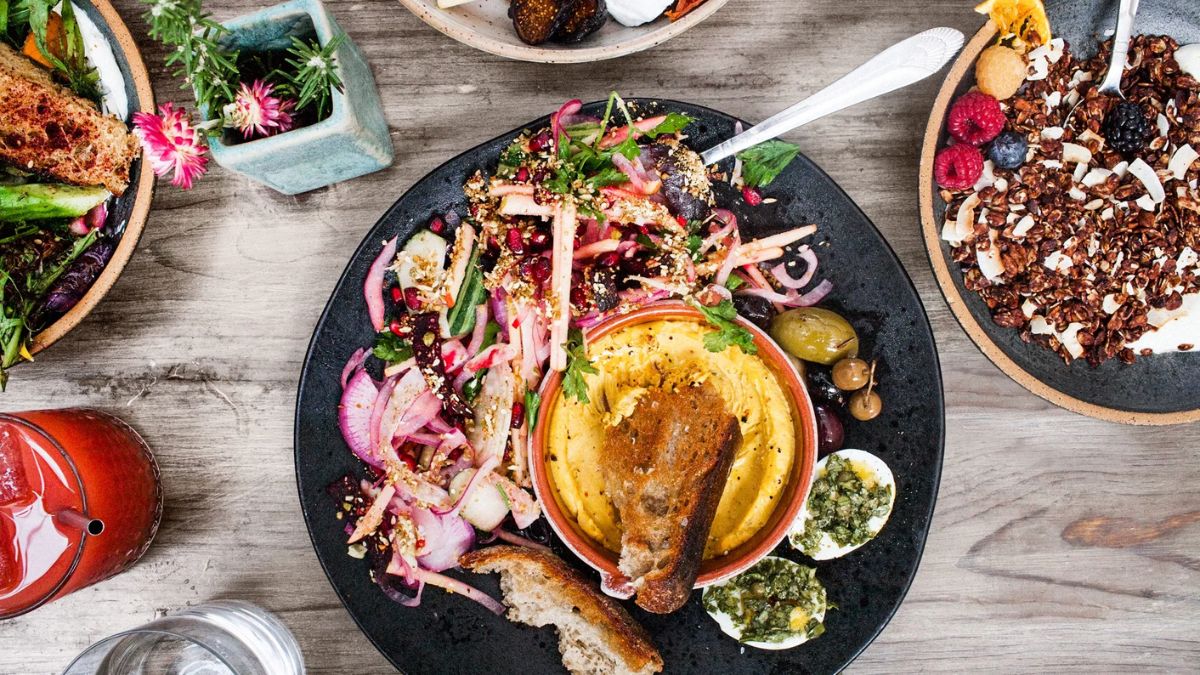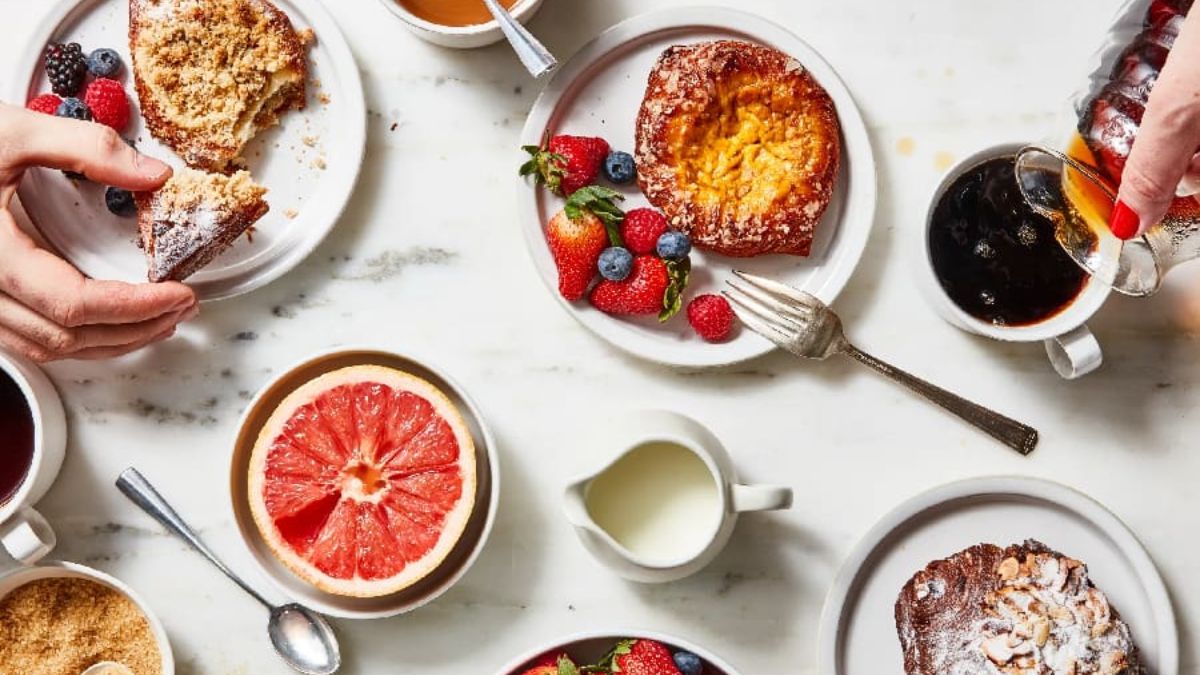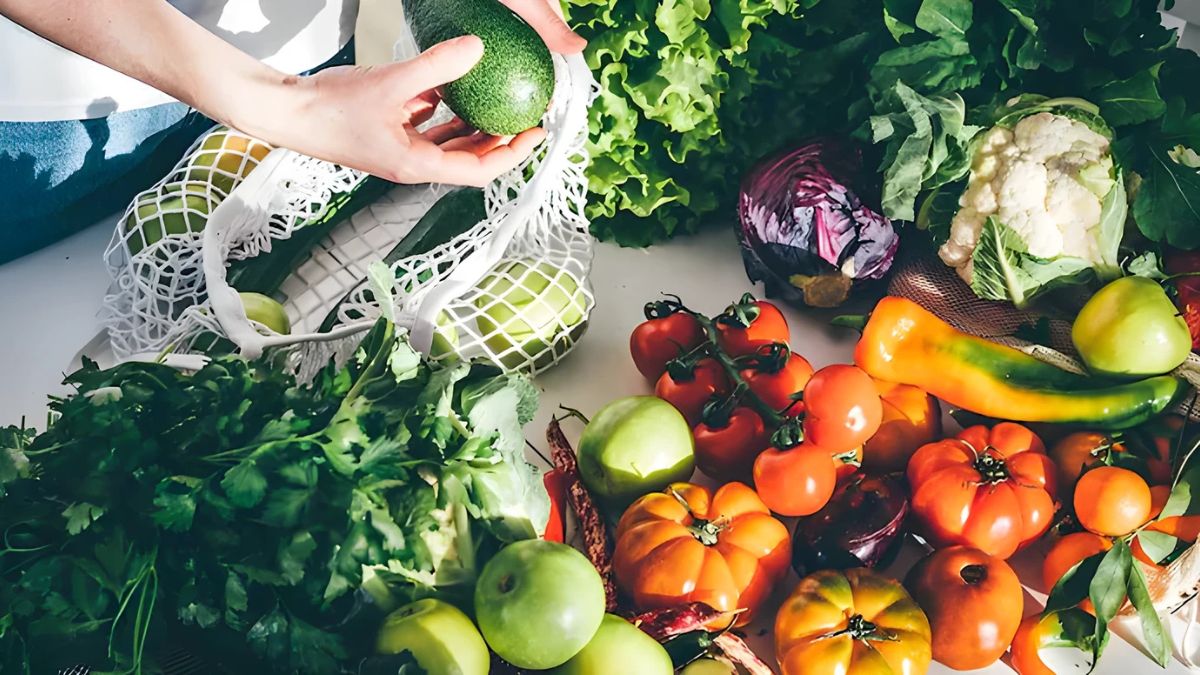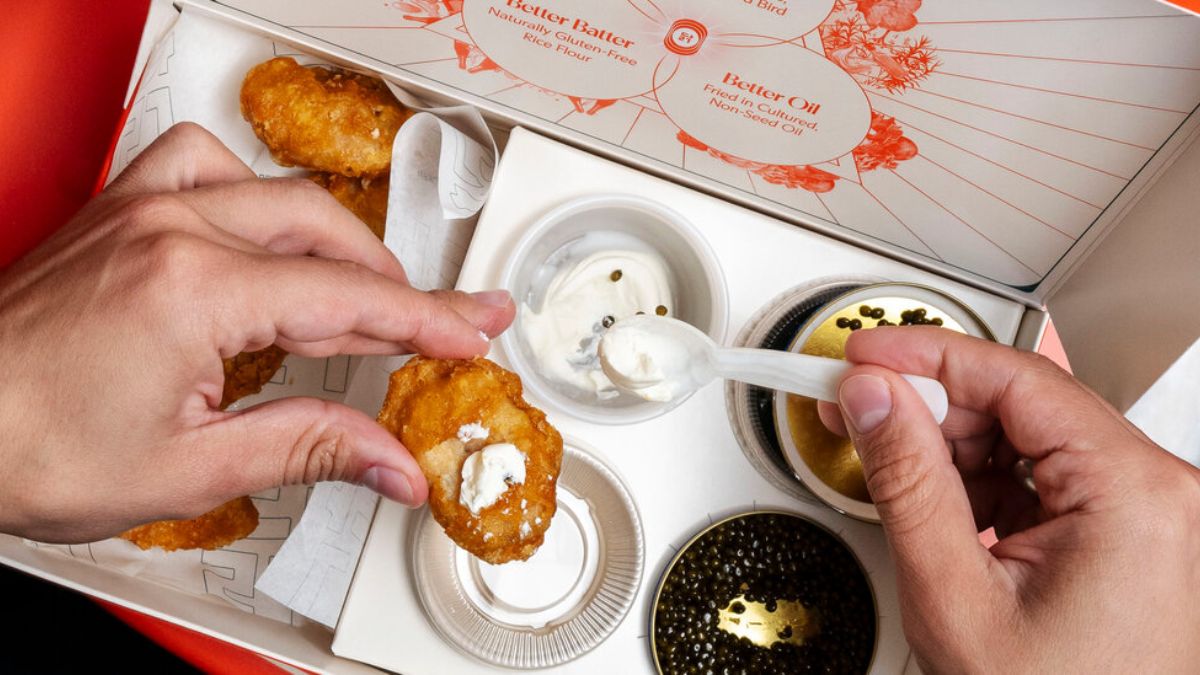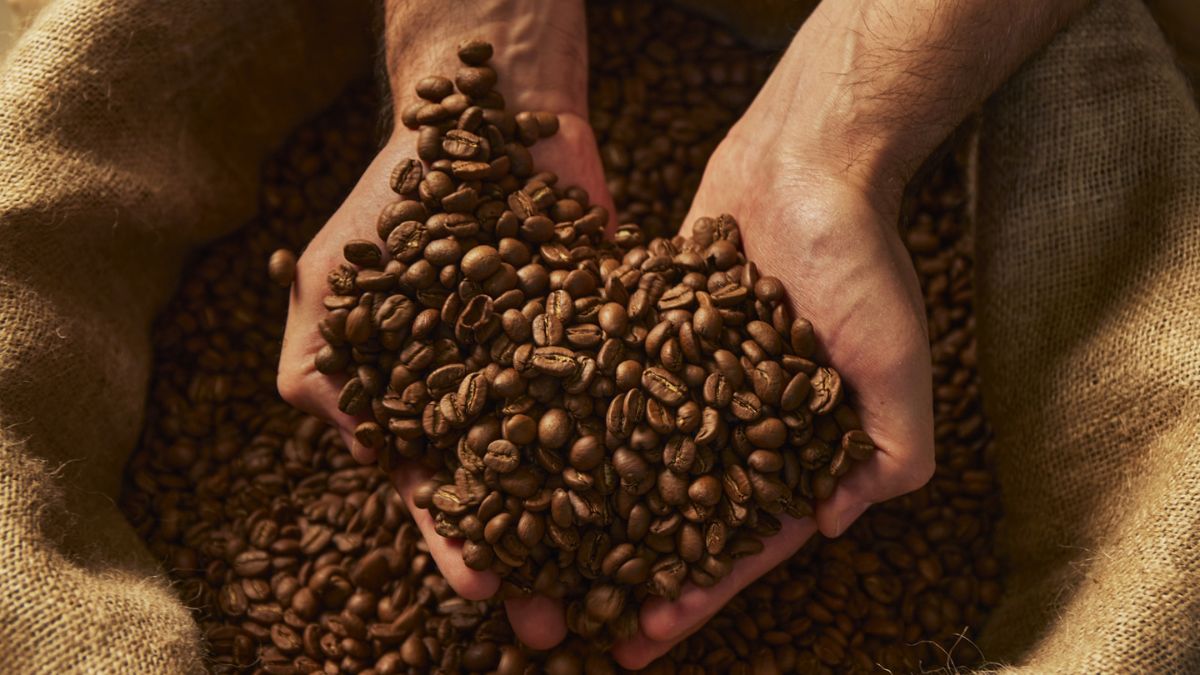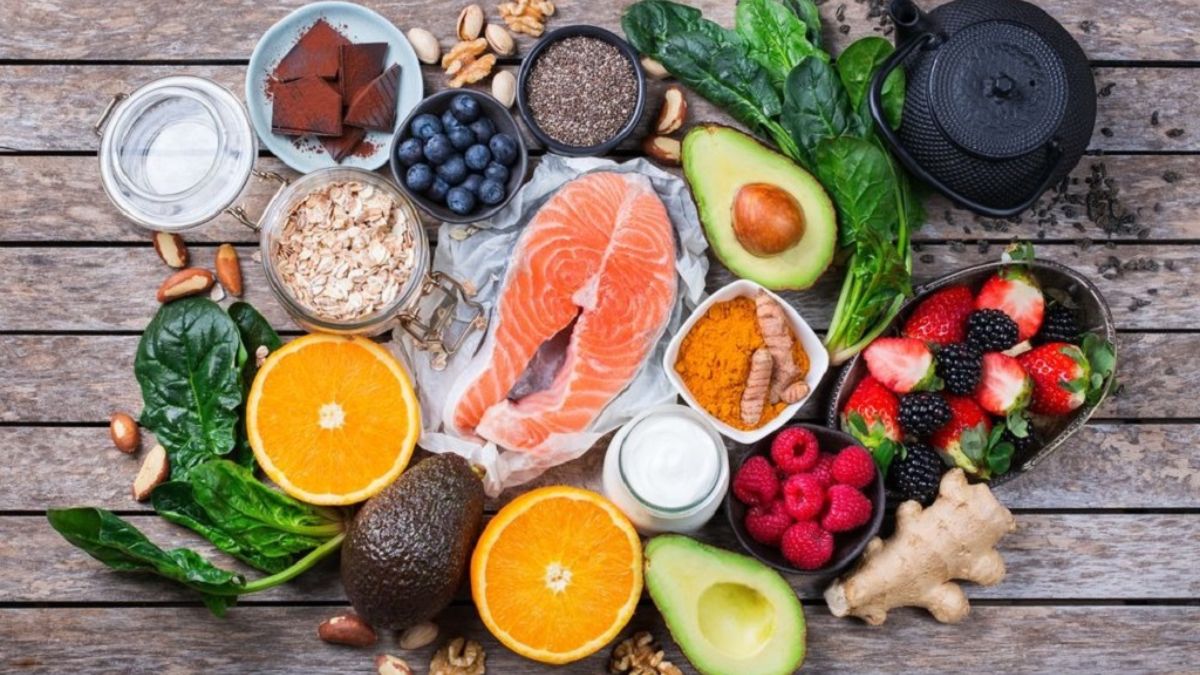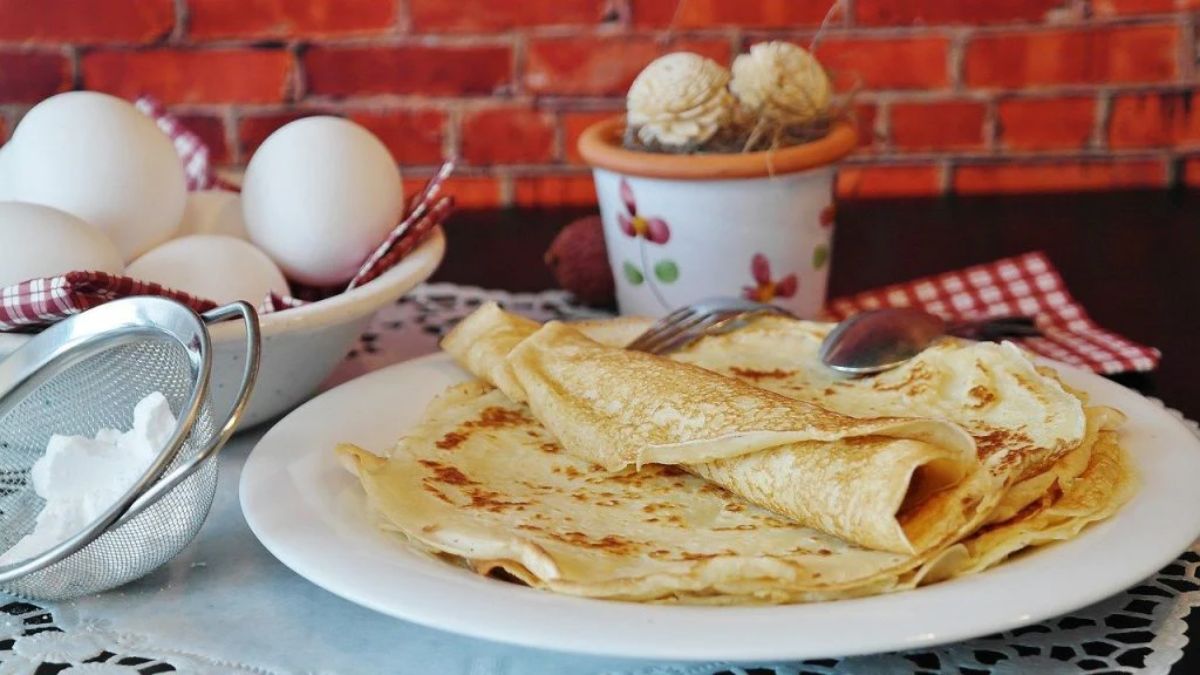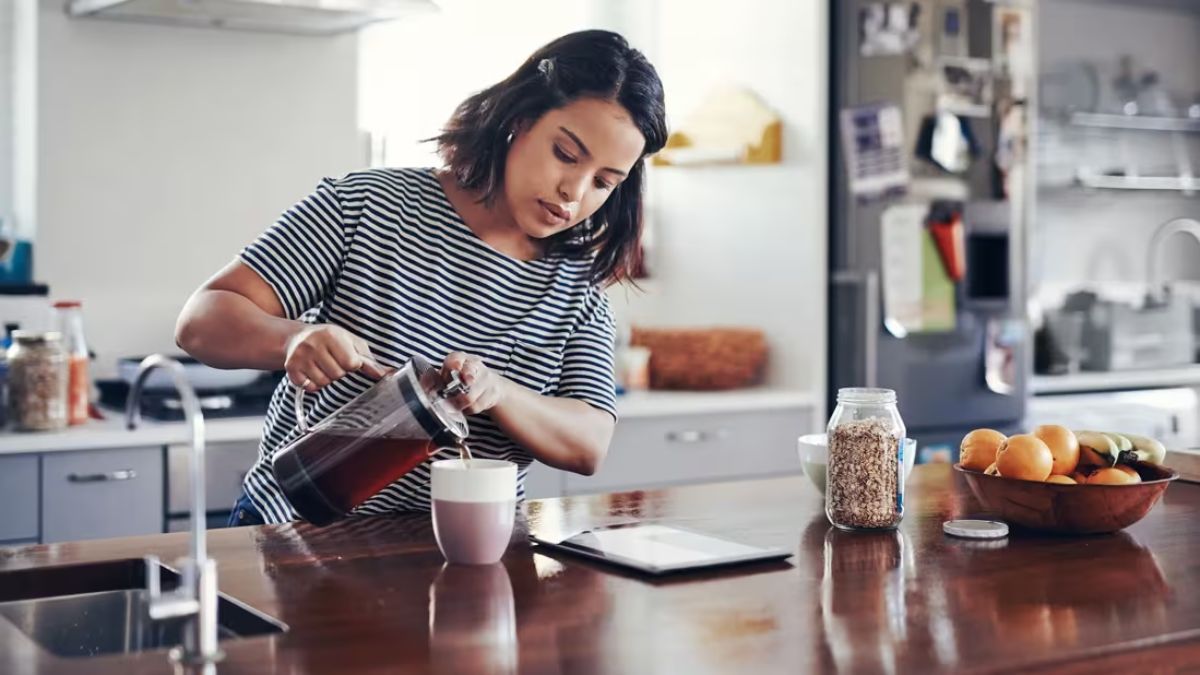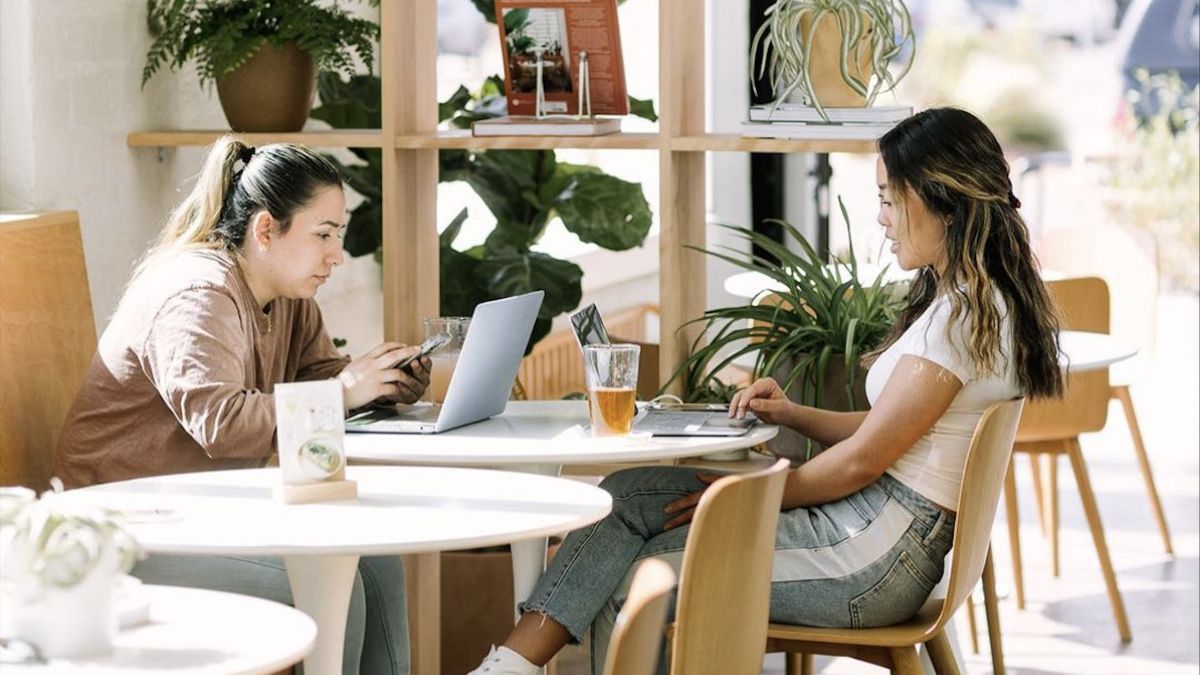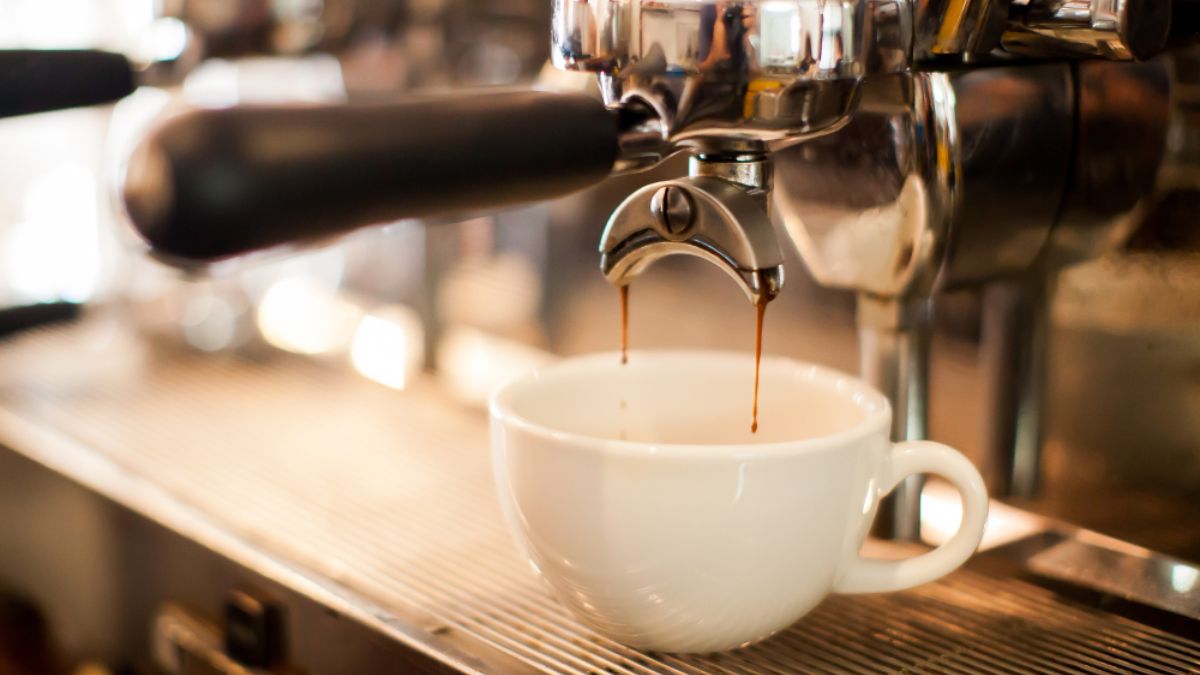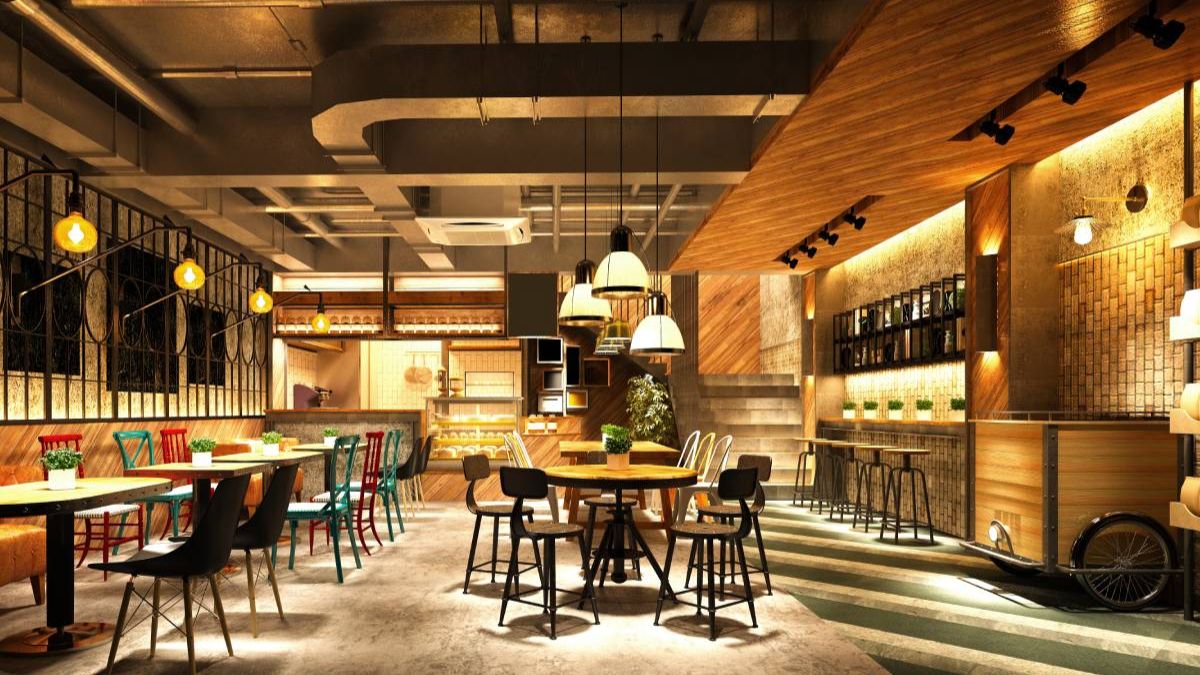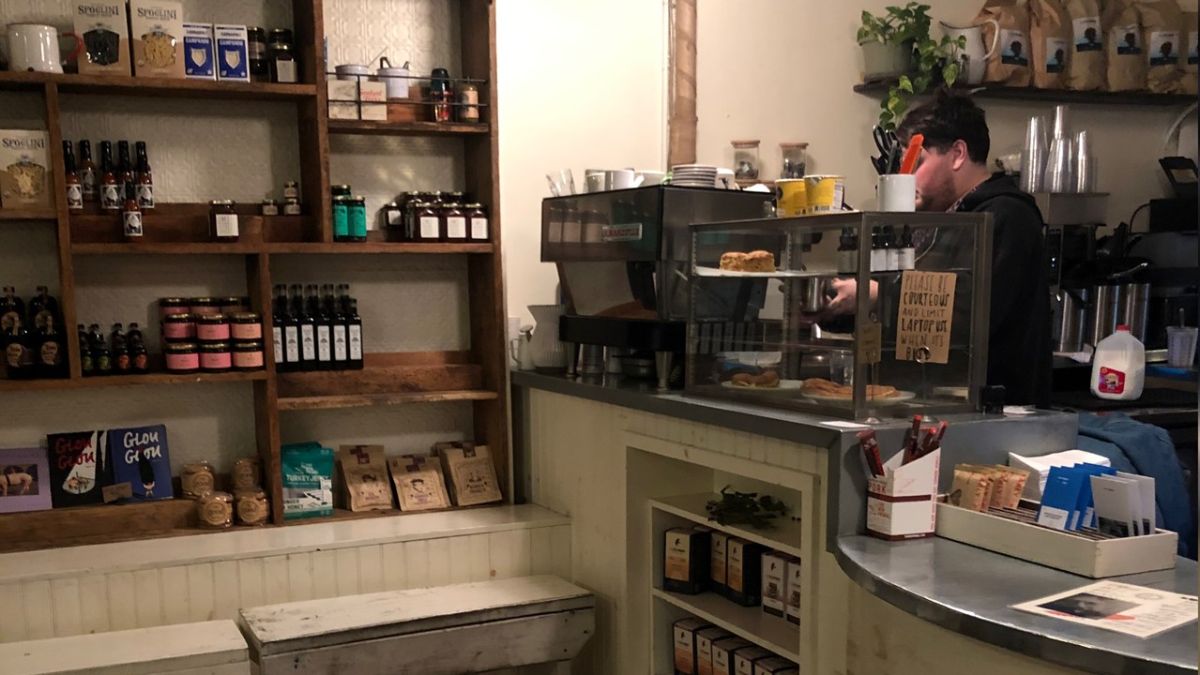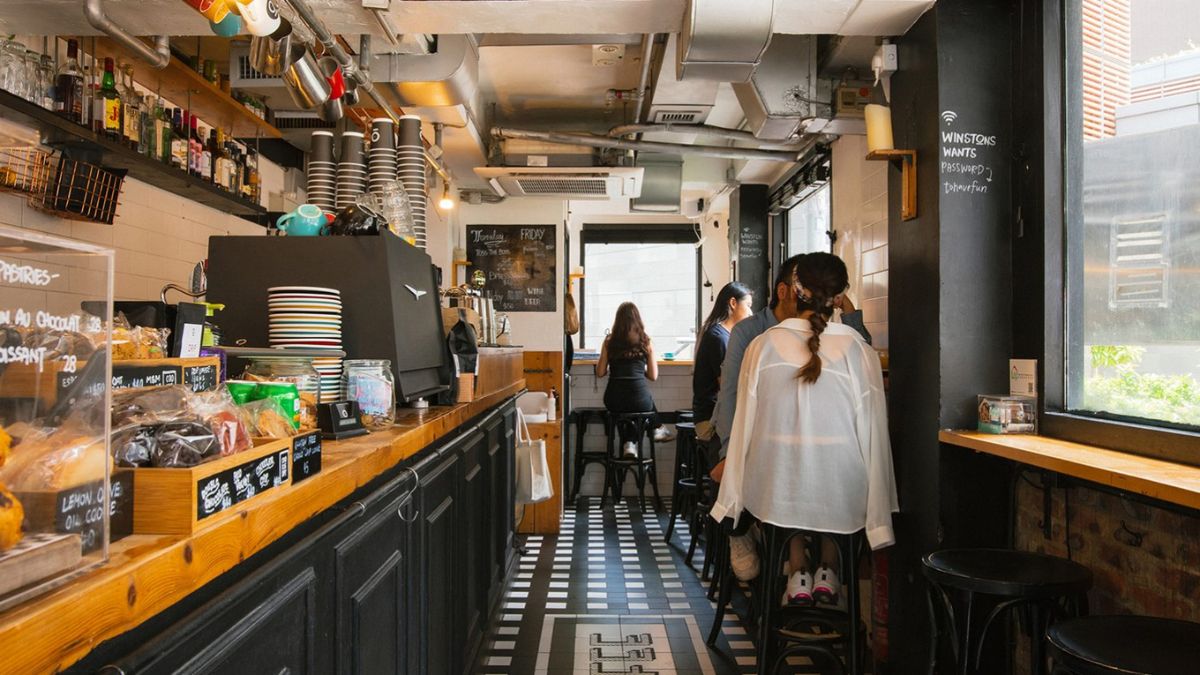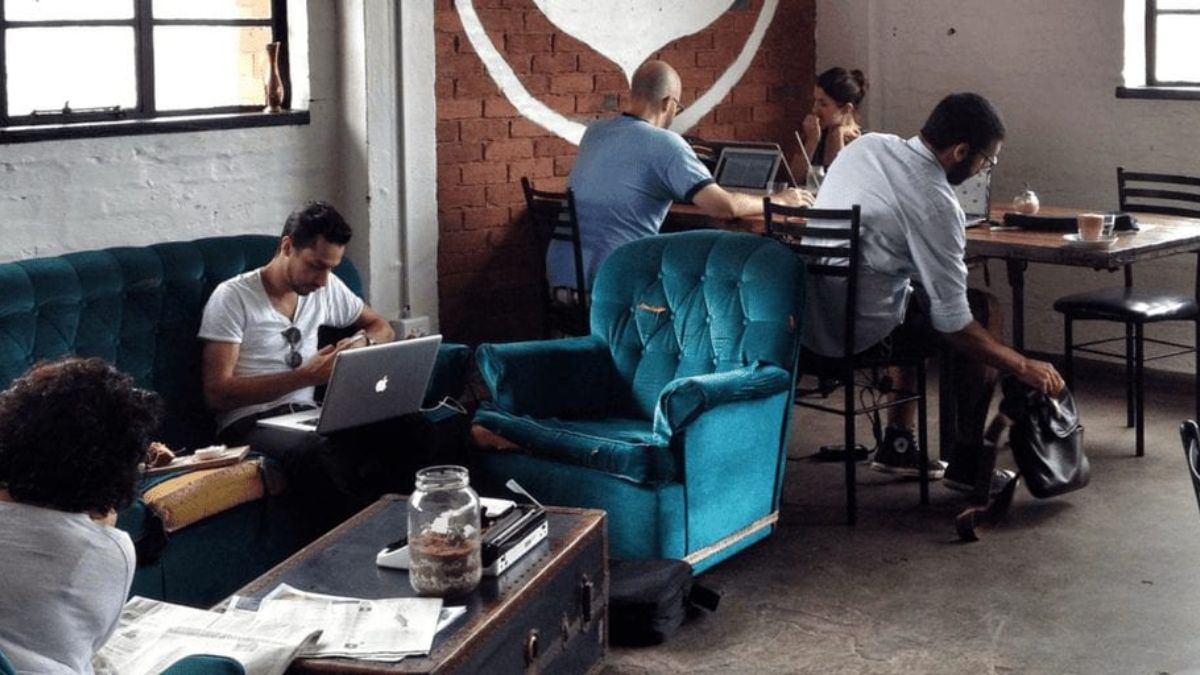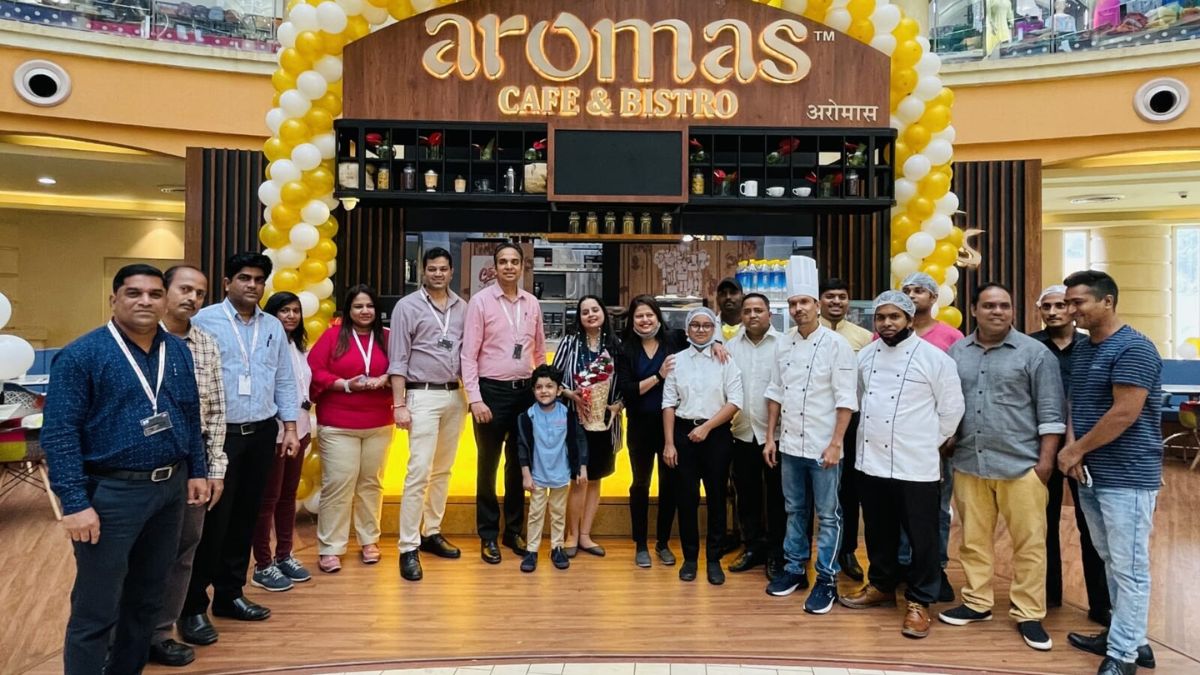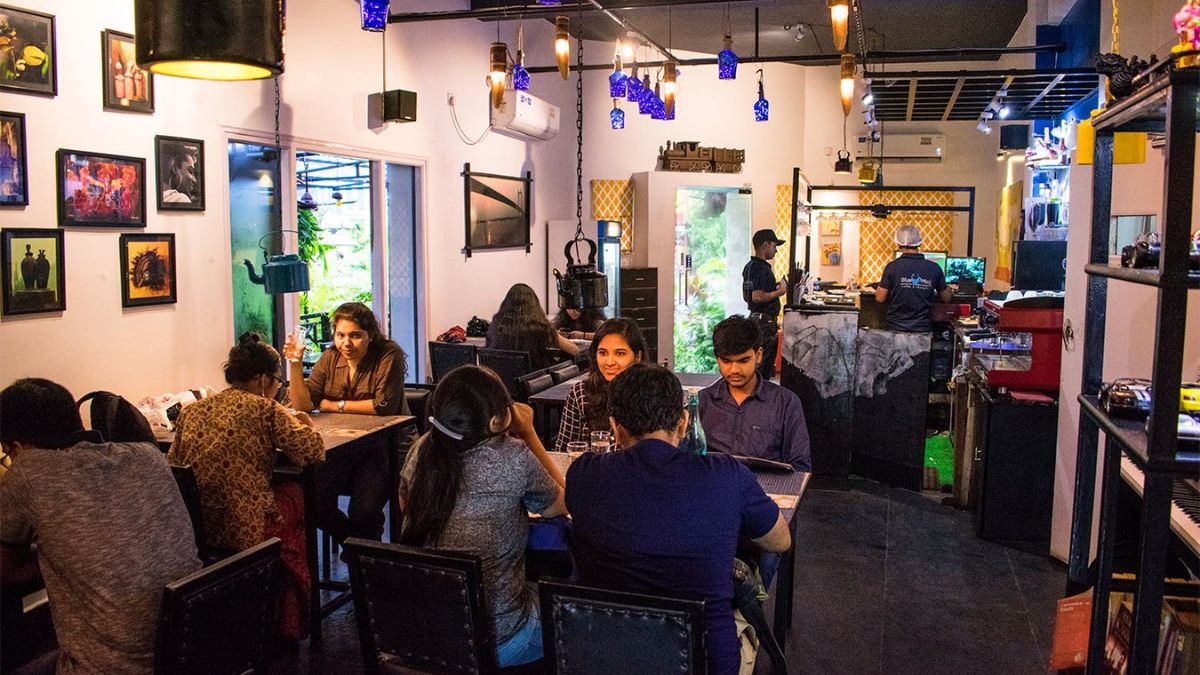Ever wondered how your go-to café dishes go from ingredients to Instagram-worthy plates? Sure, they look simple—avocado toast, a perfect latte, maybe a stack of pancakes. But behind the scenes, there’s a lot more happening than meets the eye.
From early prep to final plating, cafés run on a mix of creativity, teamwork, and some seriously smart planning. Let’s pull back the curtain and see how your favorite dishes are actually made.
Prepwork
Before the first customer walks in, the café kitchen is already buzzing. The day often starts before sunrise with prepping ingredients—chopping veggies, baking pastries, mixing sauces, and marinating proteins.
Cafés thrive on freshness, which means a lot of the food is prepped daily in small batches. That’s why your salad tastes crisp, your eggs are perfectly cooked, and your toast is never soggy.
Mise
You’ve probably heard chefs talk about mise en place—it’s French for “everything in its place.” In a café kitchen, this is essential. Every ingredient, from sliced tomatoes to homemade hummus, is prepped and portioned ahead of time.
This setup lets the kitchen run fast and smooth during the rush. When you order your meal, the crew isn’t starting from scratch—they’re assembling something that’s already 80% ready to go.
Ingredients
Good cafés don’t just grab whatever’s cheapest. They often partner with local farms, bakeries, and suppliers. Ingredients are chosen for quality and freshness, not just price.
That’s why the sourdough tastes like actual bread and the greens in your sandwich are never wilted. Seasonal menus are also a big deal—chefs design dishes based on what’s freshest that week or month.
Recipes
Many café dishes look casual but are built on carefully tested recipes. Whether it’s a vegan wrap or a banana bread slice, someone in the kitchen spent weeks (sometimes months) getting that recipe just right.
Chefs balance flavor, texture, and portion size so the dish delivers every time. Some items even go through tasting sessions with staff before hitting the menu.
Teamwork
A good café kitchen runs like a dance. Cooks, baristas, and servers all work together in tight spaces, coordinating orders and timing. When things get busy, communication is everything.
If your coffee and sandwich arrive at the same time, that’s not luck—it’s teamwork.
Tools
Behind the counter, there’s more than just a toaster and espresso machine. Most cafés use gear like:
- Panini presses for crispy sandwiches
- Steam ovens for perfectly poached eggs
- Sous vide machines for tender meats
- High-speed blenders for smoothie bowls
These tools help dishes come out fast and consistent—especially during rush hours.
Customizing
Cafés are all about flexibility. Can you get that toast without cheese? Swap the salad dressing? Most of the time, yes—because the kitchen is prepped to handle custom orders.
Each station is designed for speed and customization. It’s why your almond milk latte or gluten-free pancake isn’t a big deal for the staff—it’s just part of the system.
Finaltouch
Here’s where the magic happens: plating. Even simple dishes are made to look good. Avocado is fanned out just right, eggs are centered, sauces are drizzled (not dumped), and edible flowers or microgreens might make an appearance.
Because presentation matters. It’s not just about taste—it’s about making you pause before you dig in and say, “Wow.”
Speed
Fast doesn’t mean rushed. A well-run café kitchen can get your order out in minutes without cutting corners. That’s because everything—from prep to tools to teamwork—is built around speed with quality.
When your meal hits the table in under 10 minutes, just know a lot of effort went into making that possible.
Sustainability
More cafés are thinking about how food is made, not just what’s made. That means:
- Minimizing food waste
- Using compostable packaging
- Choosing local and organic ingredients
- Offering plant-based options
These small behind-the-scenes choices reflect big values—and customers feel that.
Here’s a quick behind-the-scenes breakdown:
| Behind-the-Scenes Area | What Happens There |
|---|---|
| Prep | Daily slicing, baking, and marinating |
| Mise en Place | Ingredients portioned and ready |
| Ingredients | Locally sourced, fresh, seasonal |
| Teamwork | Coordinated cooking and service timing |
| Equipment | Pro tools used for consistency and speed |
| Plating | Final touch with clean, thoughtful design |
| Sustainability | Eco-friendly and waste-conscious choices |
So next time you’re sipping that cappuccino or enjoying a perfect sandwich at your favorite café, remember: what looks effortless is actually the result of hours of prep, skilled hands, and real heart behind the scenes.
FAQs
When do cafés start prepping food?
Usually early morning, before opening hours begin.
Do cafés really make everything fresh?
Yes, most prep ingredients daily for freshness and quality.
Why does café food look so good?
They focus on careful plating and visual presentation.
Can I customize my café order?
Absolutely—cafés are set up to handle small changes.
Do cafés use special kitchen tools?
Yes, like panini presses, blenders, and sous vide machines.

